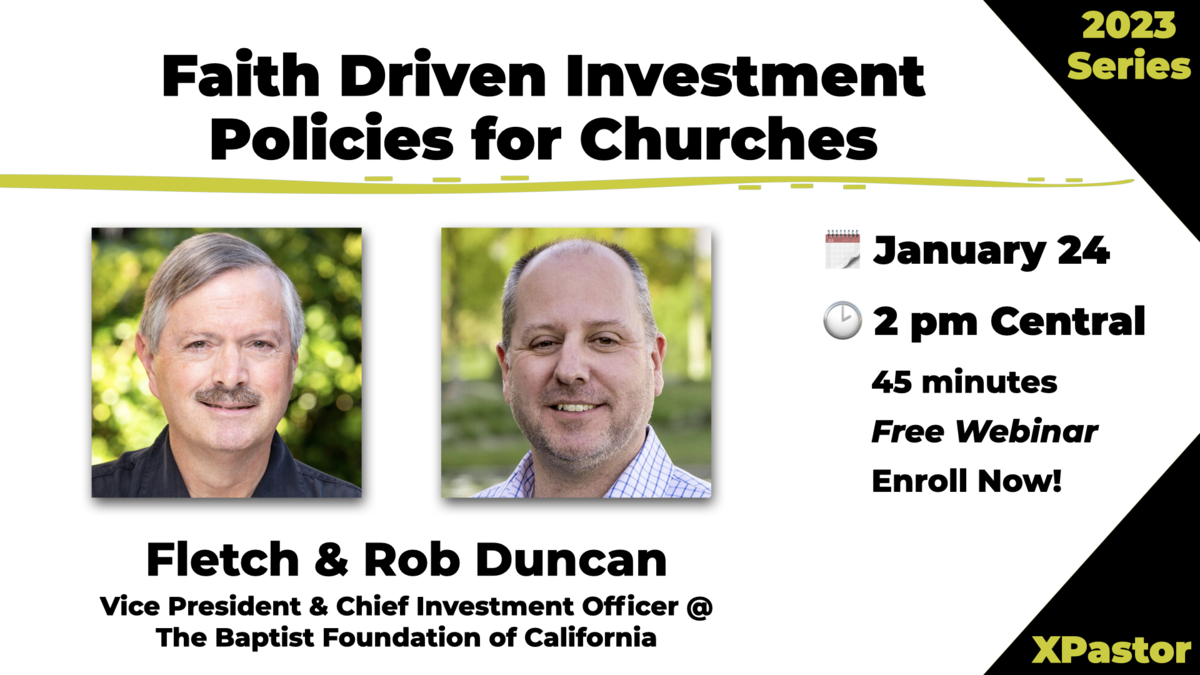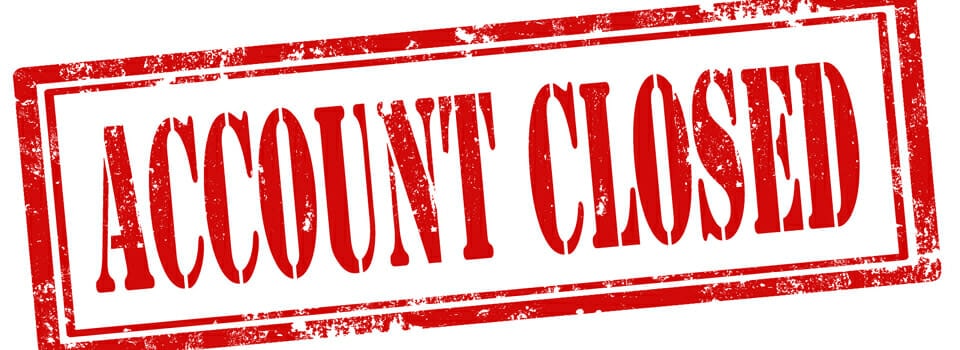As a financial decision maker, you have many responsibilities and often not enough time to complete them all. In order to manage this never-ending challenge, you frequently look for ways to make processes more efficient. Developing tools to simplify life for your staff and volunteers and investigating the implementation of new technologies and services are always on the “to do” list because you see their potential for increasing effectiveness.
Your approach to banking is no different. You have specific needs and you implement processes and systems to efficiently meet those needs. If your ministry is like most, you face the challenge of having cash on hand for needs that only cash can meet. But consider the following:
- When you need cash, access to your bank may be limited—by hours, proximity, or volume limits (e.g., cashing a large check).
- Going to the bank to withdraw cash costs your ministry time and money.
- Sending staff members to the bank with deposits containing cash or to replenish your petty cash supply is putting them at risk.
While all these statements are true, many financial decision makers continue to deposit cash when received and withdraw it when needed. Why? Because they have implemented procedures they believe will protect that cash while preserving the confidence of their donors.
Wouldn’t it be great if there were a way to reduce the risks and time associated with unnecessarily transporting cash to and from the bank while ensuring that ministry priorities and integrity are upheld? There is a way; consider implementing a cash recycling system. Rest assured, this system can be implemented without compromising ministry deposits or financial records, or putting your donors’ trust at risk—keeping your financial integrity intact.
What Is Cash Recycling?
Cash recycling simply means that you use the cash received during your normal course of business, while accounting for all receipts and maintaining the integrity of each deposit. Cash is received in the form of donations or sometimes as payment for goods or services sold. Once the cash has been properly counted and accounted for, instead of being deposited, it is either replaced with a check (issued by your ministry and made payable to your ministry) and then deposited into your bank account; or a journal entry is completed to account for the cash recycled. Either process enables you to have cash available for your ministry’s ongoing operational needs.
Guiding Principles
Does the idea of retaining cash donations on site for business use make you uncomfortable? There are some legitimate concerns and risks that must be addressed before cash recycling should be implemented.
For example, you may have been taught to deposit all cash and checks intact, exactly the way you received them and that “swapping out” any cash might be perceived as impropriety. Let’s examine this concern more closely and explore some guiding principles.
First and foremost, no donor funds should ever be used for ministry expenses until both revenues and expenses have been properly accounted for. It is equally important to maintain the integrity of donor records so that funds are not lost or misappropriated. This can be accomplished by having your counting team use a Donation Tally Sheet.
Donation Tally Sheets should include three key sections, the first of which is a Donation Receipt section. Here you capture the total currency, coin, and checks received. Next, the Donation Distribution section indicates where the contributions will be allocated within your chart of accounts. The totals of the Donation Receipt and Donation Distribution sections must match. Finally, your tally sheet should also reflect the Deposit Detail, including an entry itemizing the “cash recycling” transaction.
The removal of cash, as itemized in the Deposit Detail section, should be supported with a cash request voucher. This voucher should detail the journal entries necessary to balance your general ledger. The credit side of the entry will be to the asset account “Cash,” and the debit side of the entry will be to a “Current Liability” account (e.g., Petty Cash). As petty cash is spent and subsequently replenished, the debit would be to the appropriate expense accounts that correspond to the receipts or vouchers on hand.
Alternatively, you may replace the cash in the deposit with a ministry-issued check. The process of issuing the check (i.e., a petty cash replenishment check) takes care of the journal entry, so the use of the cash request voucher becomes part of the supporting documents for the check request.
Recycling cash for the purpose of replenishing petty cash or making purchases is a better idea than for making payments to individuals or vendors. Cash is not generally recommended as a payment vehicle due to the difficulty in tracking payee information. According to Vonna Laue, a CPA and partner at Capin Crouse, LLP:
“Because cash lacks owner identification, recycling cash should, in most cases, be limited to purchases and petty cash transactions. In limited instances, it can be used to pay individuals or vendors, when the transaction is properly accounted for, documented, and a Form 1099 filed, if applicable.”
Policies and Procedures
To ensure that ministry priorities are upheld, it is important to develop cash recycling policies and procedures.
When developing your cash recycling process, keep in mind that it should be simple, easy to follow, and transparent. Your process should also establish a system of internal controls for safe handling of “recycled” cash—from providing a securely monitored location for cash counting to implementing such principles as dual custody and separation of duties. These guiding principles will help engender confidence that you are indeed handling cash properly.
Education
Education and communication will also help your ministry achieve transparency. Donors and auditors alike should understand the purpose of cash recycling and how it’s being practiced so they can wholeheartedly support your ministry in this effort.
Your communication should alleviate natural concerns that may arise. You can start by explaining that cash recycling is not a payment transaction; it is simply a means of exchanging cash for a cash equivalent. Then clearly describe the way this exchange occurs. For example: “After all funds have been counted and accounted for, we exchange cash for our own ministry checks, made payable to ourselves, for the sole purpose of utilizing cash from the deposit. This process makes our business operations more efficient without compromising either the integrity of the funds entrusted to our care or the records we keep to account for those funds.”
Recycling Cash: It’s Easier than You Think
Once the cash has been counted, totaled, and accounted for, and the amount needed for operational use is determined, there are three basic steps for safely recycling cash.
Step 1: Request the Cash
Request the determined amount of cash using a cash request voucher or petty cash request, including the necessary supporting documentation.
Step 2: Fulfill the Request
- Generate a check made payable to your ministry and drawn on your ministry to produce the necessary accounting entry and documentation.
- If utilizing the journal entry method, then perform the necessary general ledger entries to correctly offset the transaction.
(Always remember to protect the cash using the crucial cash-handling principle of dual control.)
Step 3: Document the Request
Document the exchange in the appropriate manner to ensure the transaction is transparent. The exact debit and credit accounts will vary depending on your accounting procedures, but the expense accounts impacted should reflect how the cash was spent.
Is Cash Recycling Right for Your Ministry?
Before starting, it is important that you know what your cash needs are, which is accomplished through proper planning. Cash recycling should only be employed within the constraints of good controls. While an appropriate dollar amount is difficult to ascribe, it is incumbent upon a ministry to establish reasonable petty cash levels for their organization. Here again, Vonna Laue from Capin Crouse offers this advice:
“Proper planning consists of knowing your needs and reducing the amount of cash required. Intentionally using other forms of payment whenever and wherever possible should dramatically reduce the level of cash on hand required. Keeping cash levels low and recycling to replenish petty cash, while applying appropriate controls and procedures, could be an acceptable means for your ministry to meet its cash needs without multiple trips to the banks.”
To determine if cash recycling would benefit your ministry, follow these steps:
- Analyze the level of cash you need on hand to maintain your normal business operations.
- Consider the use of cash equivalents and alternatives to help reduce the level of cash needed on hand
- Review the amount of cash received, including the denominations and the frequency received.
- Compare the cash need to the supply available to determine if benefits can be achieved.
With recycling, cash can be as accessible as your next offering. Successful implementation provides increased flexibility to run your ministry’s business operations more efficiently. It may not eliminate all of your trips to the bank, but the benefits reach far beyond the time saved running back and forth. With cash recycling in place, your staff will have reduced exposure to the inconveniences and risks associated with securing cash for your ministry, a benefit that is difficult to measure.
View the original PDF: Cash Recycling











